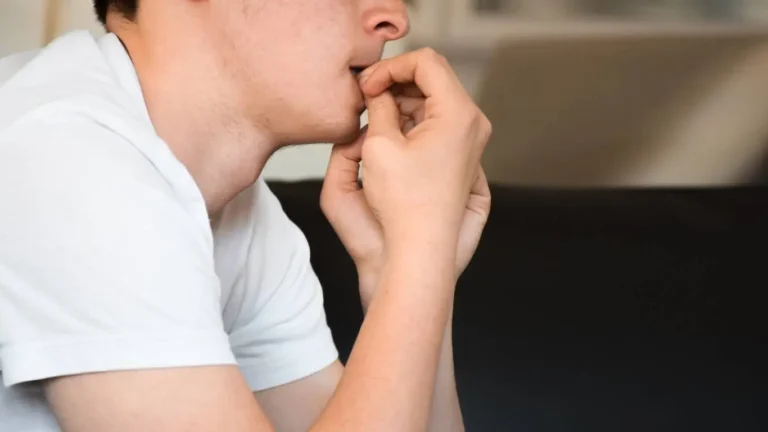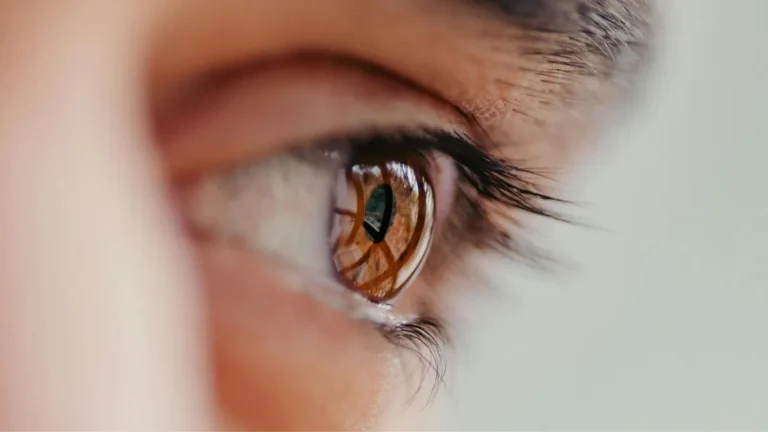Powerful Breathing Techniques to Help Lower Hypertension Naturally
Can breathing exercises help hypertension? It’s a question I get a lot in my clinic—especially from patients hoping to find something beyond another pill to swallow. As an internal medicine physician who’s spent years managing hypertension, I’ve learned that sometimes the simplest approaches can be surprisingly powerful. Sure, medications are foundational. But when I see someone’s blood pressure drop just from incorporating daily breathing techniques, I know we’re onto something real. I’ll be honest—when I first started recommending it, I was skeptical too. But the science is catching up, and so is my clinical experience.
How Breath Affects Blood Pressure

The Physiology Behind It
We often think of breathing as just a way to get oxygen, but it does so much more. Your breath plays a major role in regulating your autonomic nervous system—specifically the balance between the sympathetic (fight-or-flight) and parasympathetic (rest-and-digest) branches. Slow, deep breathing helps tip that balance in favor of relaxation, which naturally lowers blood pressure.
Here’s what’s happening under the hood:
- Baroreceptor sensitivity improves – These little pressure sensors in your arteries respond better when you breathe slowly and consistently.
- Reduced sympathetic outflow – Deep breathing decreases stress hormones like adrenaline that cause your heart rate and pressure to spike.
- Improved heart rate variability – A marker of cardiovascular resilience. The more variable your heartbeats (within a healthy range), the more adaptable your system is to stress.
Real Talk: What I’ve Seen in Patients
One of my long-time patients, a 62-year-old retired schoolteacher, came in frustrated with side effects from her BP meds. We started a 5-minute daily breathing practice—nothing fancy, just slow inhales and even slower exhales. Within 3 weeks, her systolic pressure dropped by almost 10 points. That’s the kind of result I used to think required a new drug. Not anymore.
I’ve had multiple patients chart their blood pressure at home, and it’s fascinating to see patterns. The ones who committed to a daily breathing routine—not even perfect, just consistent—often had noticeable drops in both systolic and diastolic pressures. It’s not magic. It’s biology responding to calm.
What Does the Research Say?

Backed by Studies, Not Just Vibes
Don’t just take my word for it—there’s solid evidence out there. Clinical trials have shown that breathing interventions, particularly ones that slow respiration to about 6 breaths per minute, can significantly reduce blood pressure in hypertensive patients. That’s not placebo—that’s physiology doing its job when we give it the chance.
Some highlights from the data:
- Journal of Hypertension (2021): A meta-analysis showed that device-guided slow breathing lowered systolic blood pressure by an average of 8-10 mmHg.
- American Heart Association noted that paced breathing can be considered a supportive therapy in patients who have difficulty tolerating medications.
- One study even compared slow breathing to yoga and found similar cardiovascular benefits in both groups.
That doesn’t mean breathing replaces medication, especially in moderate to severe cases. But it sure makes a strong case for giving it a seat at the table in hypertension care.
Can Breathing Exercises Help Hypertension in the Long Run?
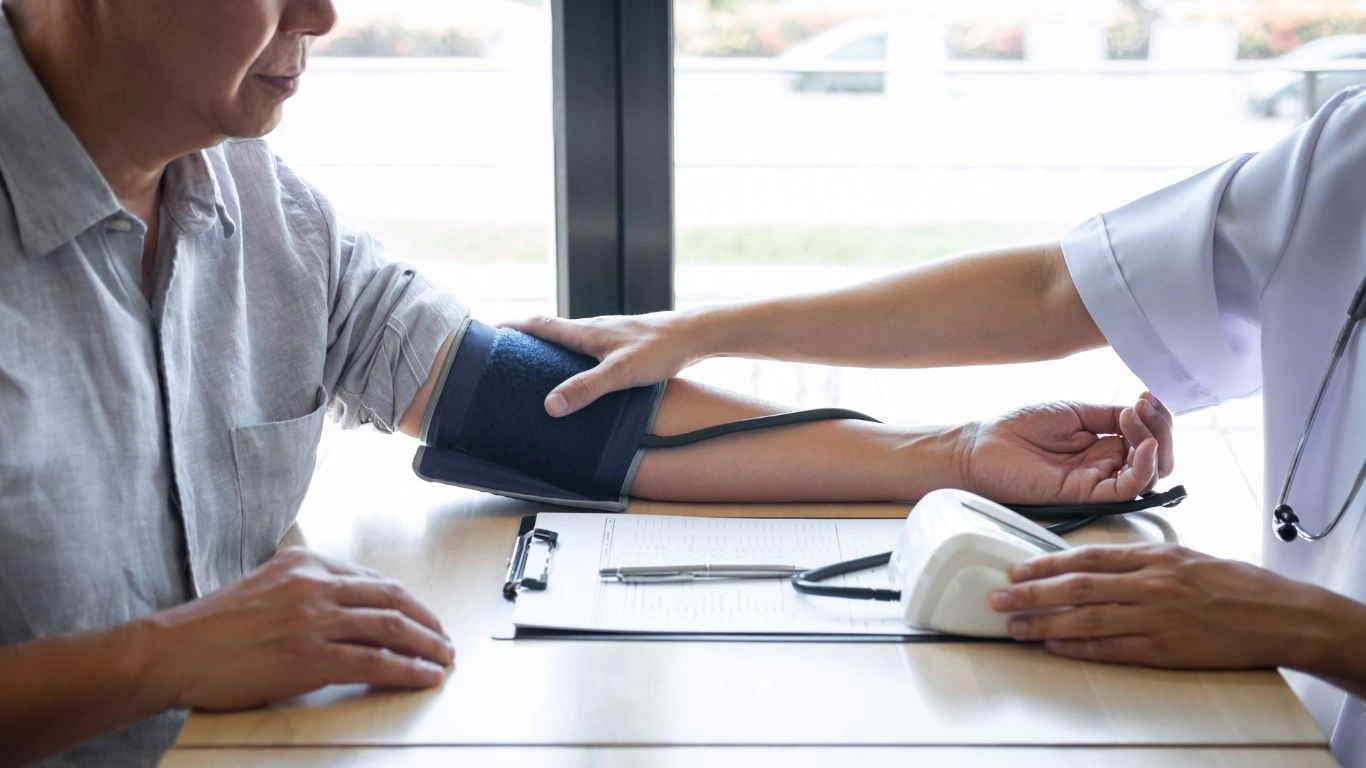
It’s About Consistency, Not Perfection
What I often tell my patients is this: your breath is free, portable, and always available. You don’t need an app, a gym membership, or fancy gadgets. What you need is the willingness to pause for a few minutes a day. This is especially powerful for folks who feel anxious or tense—those stress-driven pressure spikes respond beautifully to breath work.
It’s not a quick fix. You’re not going to do one breathing session and walk away with perfect numbers. But over weeks and months? That’s where the magic happens. You train your body to spend more time in parasympathetic mode. You react less intensely to stress. And over time, that reduces the overall burden on your cardiovascular system.
Here’s what usually works best:
- Start with 5 minutes a day, ideally morning or evening
- Use a simple 4-7-8 pattern: inhale for 4 seconds, hold for 7, exhale for 8
- Track your BP before and after—seeing real results helps motivation
I’ve seen this approach help patients reduce their medication load, avoid dose increases, and feel more empowered about managing their health. That last part? It’s huge.
Making Breathing Exercises a Daily Habit
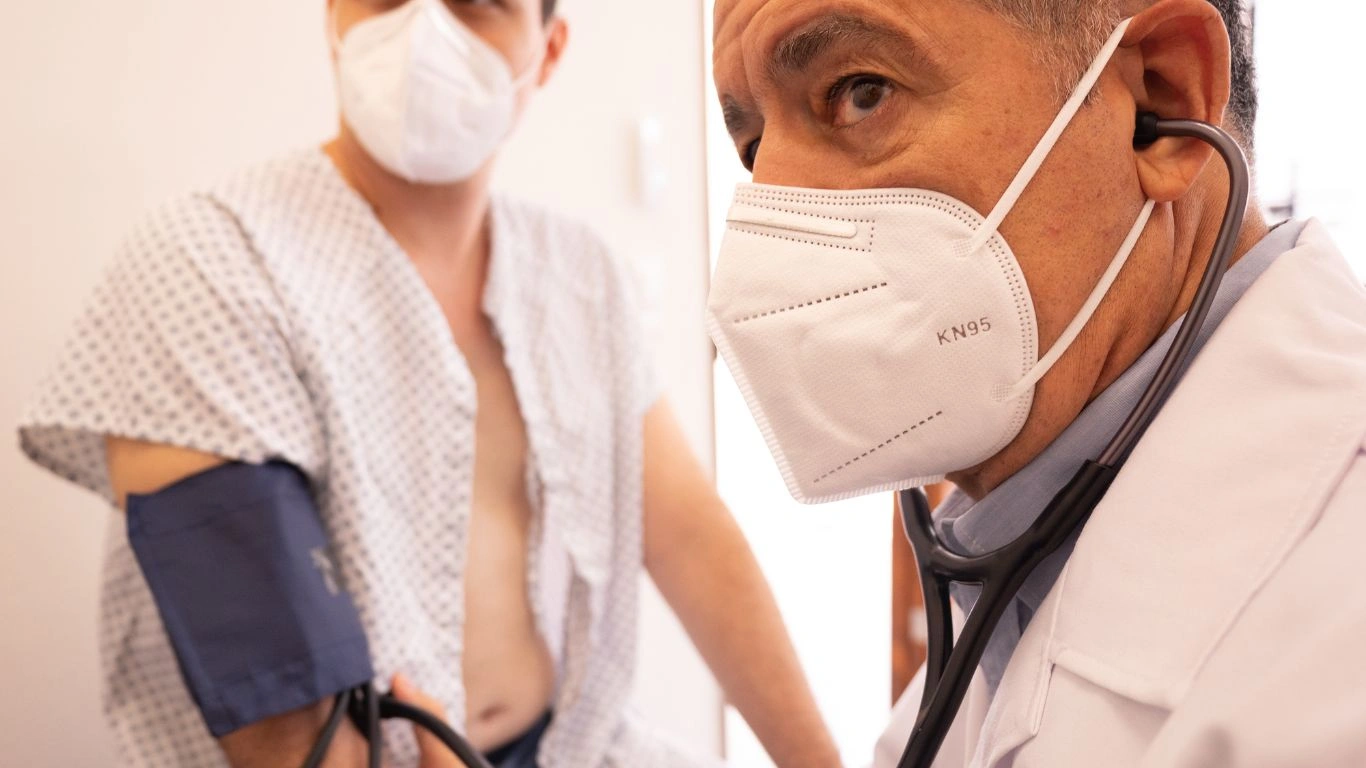
Small Steps, Big Impact
One thing I’ve learned from my years treating hypertension is that consistency beats intensity. You don’t need to turn into a full-time yogi to see benefits. Just carving out a few minutes daily to focus on your breath can genuinely change your blood pressure trendlines. I always tell my patients: don’t overcomplicate it. Find a quiet spot, sit upright, and just breathe—slowly and intentionally.
For folks who say they’re too busy (and I get it, we all are), I suggest pairing breathing exercises with something they already do:
- Right after brushing your teeth in the morning
- During your lunch break, before checking your phone
- Before bedtime as part of your wind-down routine
One patient of mine—he’s a corporate exec with sky-high stress—started doing breathing exercises during his commute (at red lights, not while driving!). His average BP dropped 12 points over two months. That’s lifestyle medicine in action, and honestly, it’s super rewarding to watch.
Helpful Tools to Stay on Track
If you’re like most people, having a bit of structure makes it easier to stay on track. These tools have helped some of my patients stick with it:
- Breathing apps: Apps like Breathe+, iBreathe, or even Apple’s built-in Mindfulness app can guide your timing.
- Wearable reminders: Smartwatches can buzz to nudge you to pause and take a few slow breaths.
- Sticky notes: One of my favorite old-school methods—just slap a Post-it on your bathroom mirror that says, “Breathe.”
Different Breathing Techniques to Try

There’s More Than One Way to Inhale
It’s not a one-size-fits-all deal. Some people prefer structured patterns, others prefer to just sit and breathe without counting. Here are a few popular techniques that I’ve personally recommended and seen work well for blood pressure control:
- 4-7-8 Breathing: Inhale for 4 seconds, hold for 7, exhale for 8. This one’s calming and great before bed.
- Box Breathing (Square Breathing): Inhale-4, hold-4, exhale-4, hold-4. Used by Navy SEALs, believe it or not—perfect for stress regulation.
- Resonant Breathing: About 5-6 breaths per minute (roughly inhale for 5, exhale for 5). Some devices are built around this exact rhythm for BP reduction.
I like to encourage patients to try each method for a few days and pick the one that feels best. The technique you enjoy (or at least don’t hate) is the one you’re more likely to stick with—and that’s what really matters in the long run.
My Go-To Technique?
Personally, I’m partial to the 4-7-8 method. I use it myself, especially after a hectic clinic day or when I need to recenter between back-to-back appointments. It helps me stay grounded, and honestly, I’ve seen my own BP improve over the years by incorporating it into my routine.
Why This Matters—Especially for Underserved Communities
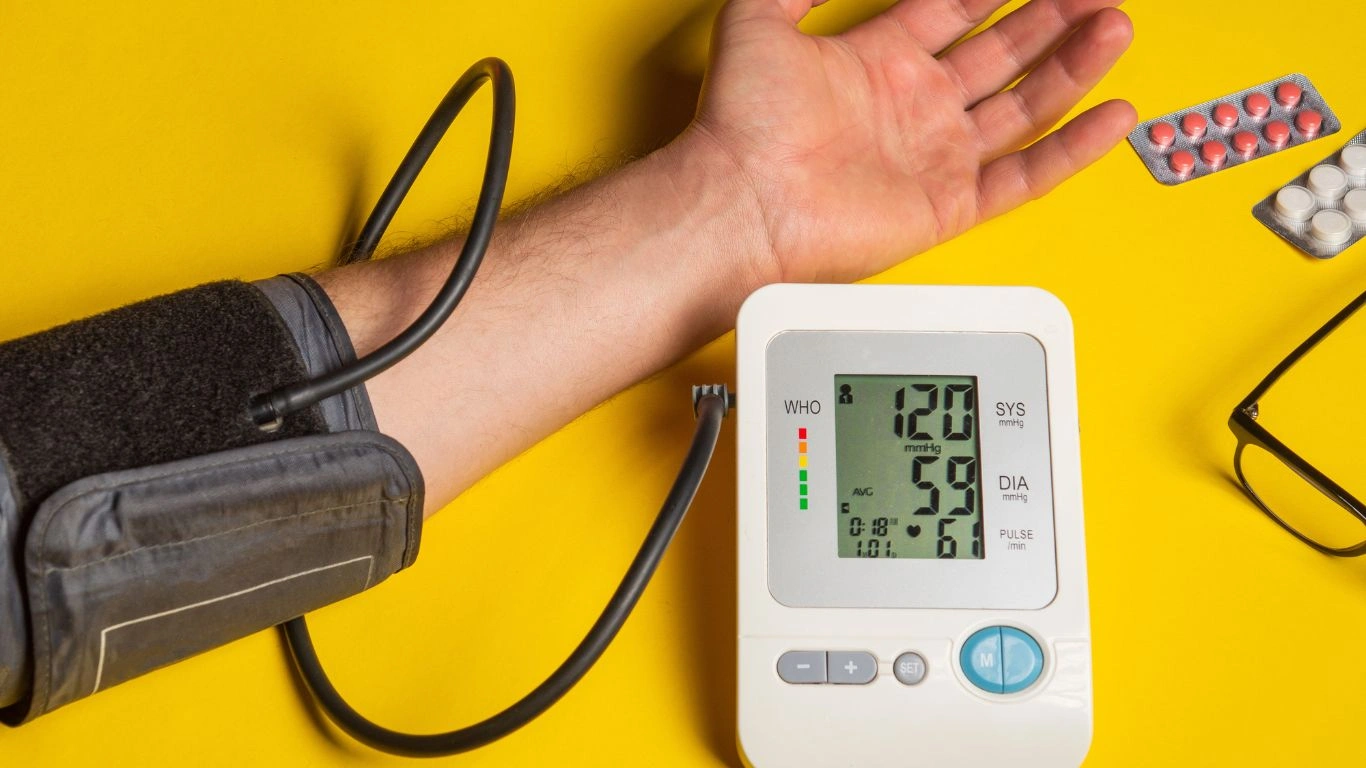
Accessibility Is Everything
One of the things that makes breathing exercises such a powerful tool in hypertension management is how accessible and inclusive they are. No insurance? No problem. Can’t afford a personal trainer or a nutritionist? You can still breathe. And that means a lot, especially in communities where health disparities run deep and options are limited.
I’ve worked in clinics where patients don’t always have access to fancy therapies or even consistent medication. But when I show someone how to use breath to calm their system, it’s like handing them back a bit of control. That empowerment—it’s priceless.
A Real-World Example
Let me tell you about Maria, a 58-year-old woman who juggles three part-time jobs and doesn’t have health insurance. We had to be strategic about her treatment plan. Breathing exercises became our anchor. She practiced 6-8 minutes daily, sometimes while waiting for her laundry or sitting in her car before a shift. Six weeks in, her BP readings were down, and she said she felt more “in charge” of her body than she had in years.
These stories are why I’m such a big believer in blending science with soul. Breathing exercises aren’t a cure-all, but they are a legitimate tool—clinically effective, budget-friendly, and deeply human.
Breathing Exercises vs Medication: Should It Be Either-Or?
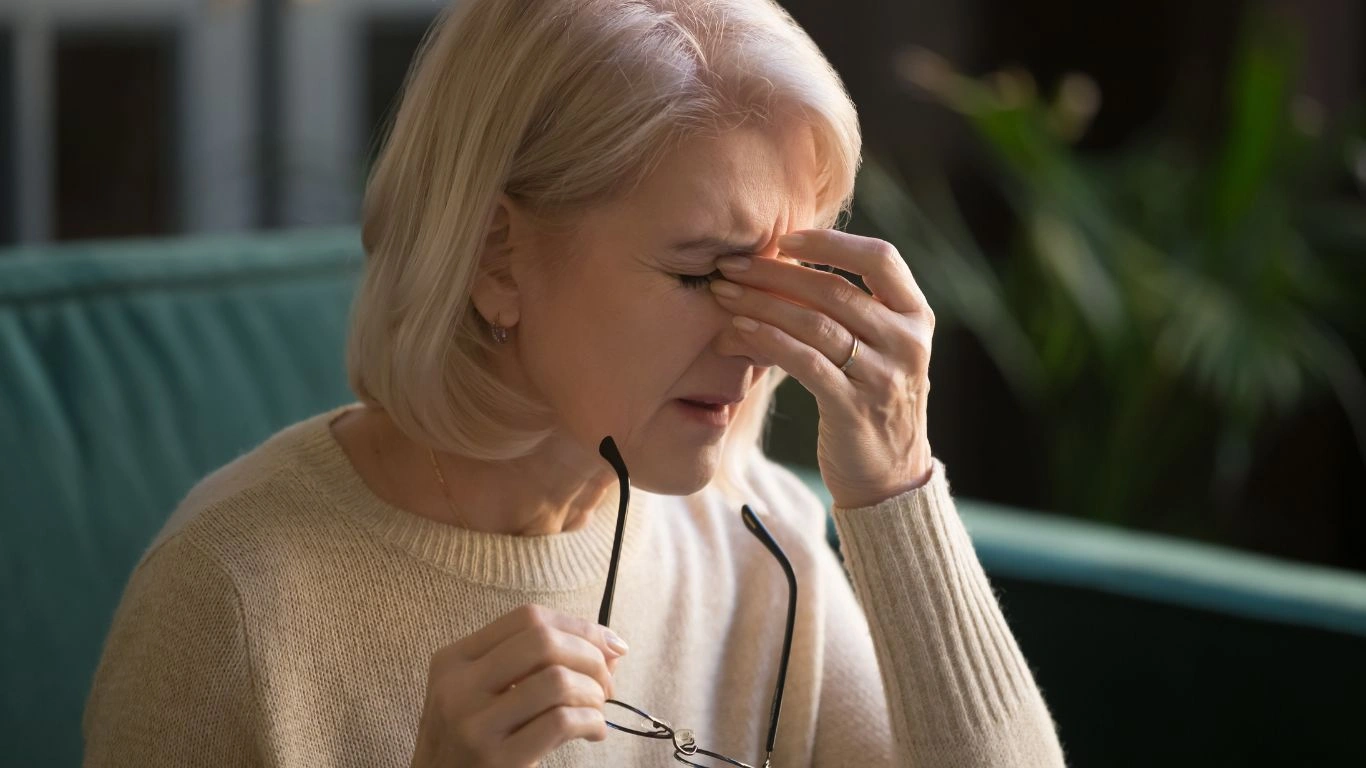
Let’s Clear This Up
When I talk about breathing exercises with patients, one of the first questions I get is, “So… does this mean I can stop taking my meds?” Let me be super clear here—breathing techniques are not a replacement for your prescribed hypertension medications. They’re a powerful addition, a supportive strategy that helps amplify the effects of whatever treatment plan you’re on. But stopping medication without a plan? That’s a no-go.
That said, I’ve had plenty of patients who were able to reduce their dosage or delay escalation of therapy thanks to regular breathwork, lifestyle changes, and consistency. It’s all about teaming up with your body instead of just throwing pills at it. The key is working closely with your healthcare provider (someone like me!) to monitor your numbers and make thoughtful adjustments.
In a few cases, especially with early-stage hypertension, patients have seen such improvements that we were able to shift to a more lifestyle-driven plan. But again, that’s always done with careful monitoring and shared decision-making.
The Role of Clinical Guidance
I really want to stress that while breathing techniques feel simple (and they are), their effects can be significant enough that they should be practiced with intention and some level of oversight—especially if you’re already on blood pressure medication. Sometimes we even need to adjust meds downward as a patient’s response improves. That’s a great “problem” to have, but it does need professional guidance.
Barriers to Getting Started (and How to Get Past Them)

“I Tried, But I Keep Forgetting”
I hear this all the time. Life is busy, and when you’re juggling work, family, and everything else, breathing exercises might not seem like a priority. The trick is to make it frictionless. Pair it with a habit you already do—like right after brushing your teeth or during your morning coffee.
“I Feel Silly Just Sitting There Breathing”
Totally normal reaction at first. We’re not used to being still—our culture rewards hustle and distraction. But once you push past that discomfort, you start to realize how powerful it is to reclaim even five quiet minutes of your day. Think of it as training your nervous system, not just relaxing. That shift in mindset really helps.
“It’s Not Working”
Progress takes time. Most of the research showing blood pressure improvements from breathing exercises is based on consistent practice over weeks or months. It’s not a one-and-done thing. I usually tell my patients to commit to a full month before evaluating whether it’s helping. Keep a BP log and look for trends rather than obsessing over daily fluctuations.
Other Complementary Tools for Hypertension Management

Synergize for Better Results
Breathing is one piece of the puzzle. If you really want to see a blood pressure breakthrough, it helps to combine it with other low-cost, high-impact lifestyle changes:
- Daily movement: Even just 20 minutes of walking can make a huge difference over time.
- Limiting salt intake: Try to stay under 1,500 mg per day. Read those labels!
- Hydration: Dehydration can drive blood pressure up. Aim for half your body weight in ounces of water daily.
- Prioritizing sleep: Poor sleep increases cortisol, which can worsen BP control. 7-8 hours is ideal.
None of these need to be perfect. The magic is in showing up, imperfectly, every day. That’s the part that moves the needle.
Combining Tools Wisely
One patient I worked with used a combo of morning walks, evening 4-7-8 breathing, and some mild dietary tweaks—and over six months, we were able to reduce his medication load by 50%. That’s huge, not just because of the numbers, but because he felt empowered and in control of his health again.
Final Thoughts: Can Breathing Exercises Help Hypertension? Absolutely.
After years in the field, my answer to the question, “Can breathing exercises help hypertension?” is a confident yes. I’ve seen it work time and time again, across age groups, backgrounds, and comorbidity profiles. It’s not a gimmick—it’s grounded in physiology and backed by evidence.
Whether you’re newly diagnosed or you’ve been on meds for years, adding intentional breathwork to your daily life is one of the most accessible and empowering tools available. And the best part? It’s free, safe, and entirely yours.
References
- National Institutes of Health
- American Heart Association
- Health.com
- PubMed/National Library of Medicine
Disclaimer
This article is intended for informational purposes only and does not replace professional medical advice, diagnosis, or treatment. Always consult with a qualified healthcare provider before starting any new health routine or making changes to your current treatment plan.

Dr. Gwenna Aazee is a board-certified Internal Medicine Physician with a special focus on hypertension management, chronic disease prevention, and patient education. With years of experience in both clinical practice and medical writing, she’s passionate about turning evidence-based medicine into accessible, actionable advice. Through her work at Healthusias.com, Dr. Aazee empowers readers to take charge of their health with confidence and clarity. Off the clock, she enjoys deep dives into nutrition research, long walks with her rescue pup, and simplifying medical jargon one article at a time.
